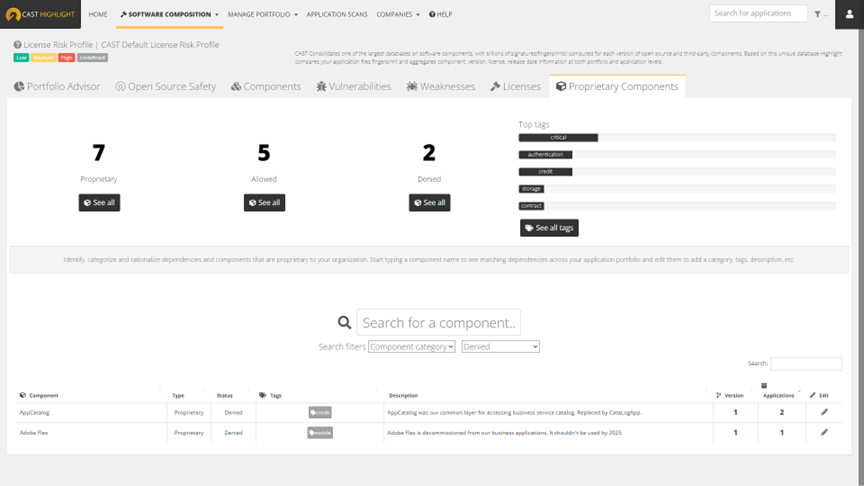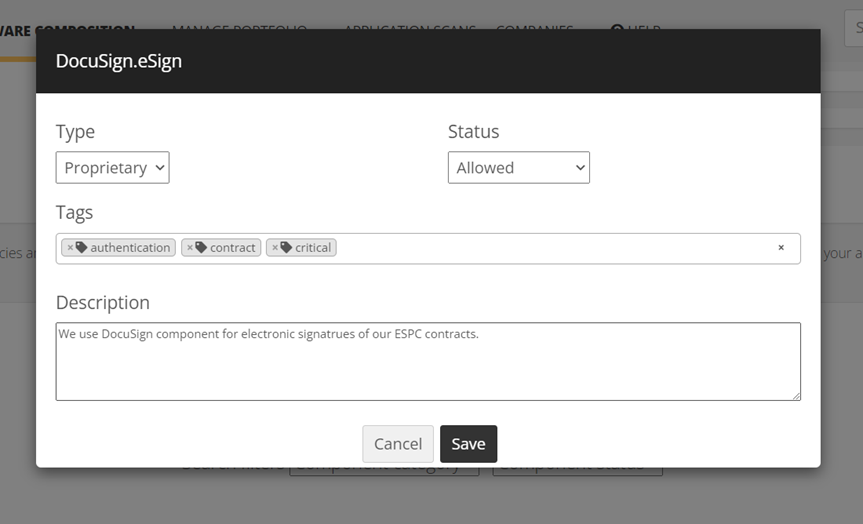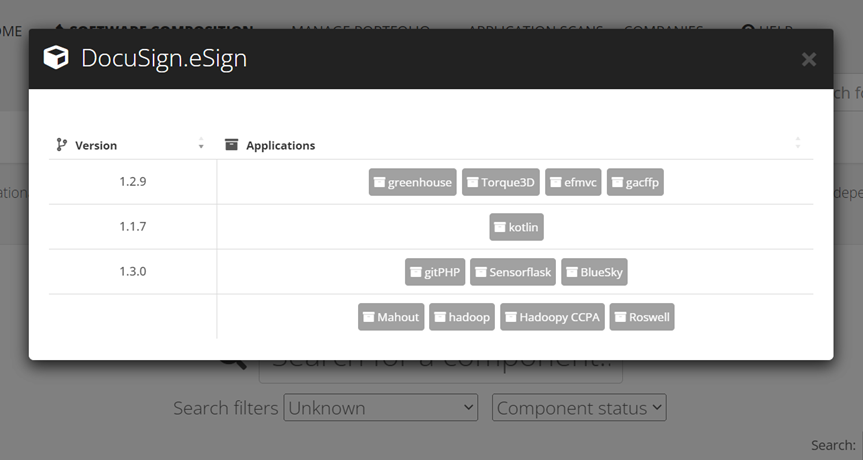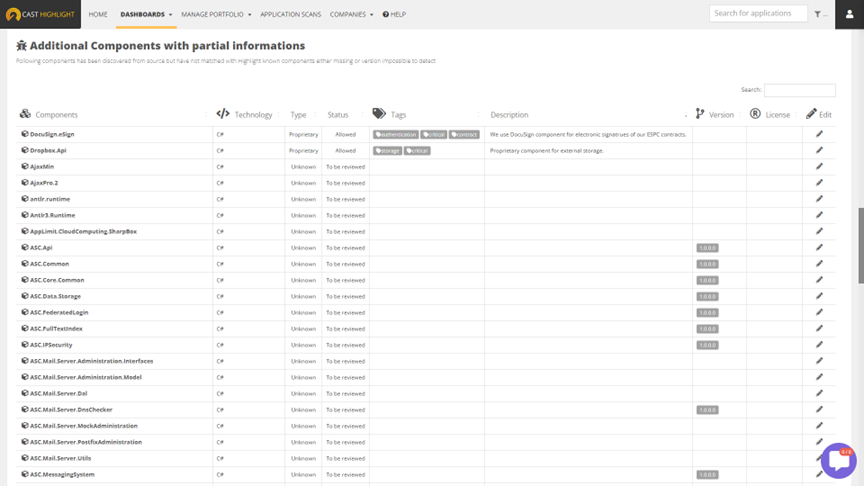Feature Focus: Proprietary Component Governance
Think of a software application as a cake, and the proprietary components as the secret ingredient that makes the cake unique and special. The OSS components are the icing on top, but without the secret ingredient, the cake wouldn’t be complete. Just like a secret ingredient, proprietary components play a crucial role in the software application and must be managed properly, especially since they’re often shared by multiple applications across an organization.
A Software Intelligence product such as CAST Highlight supports governance of proprietary/commercial components for several reasons including:
- Improved visibility: Proprietary components are often developed and maintained in-house, and as such, their usage and status may not be well documented or understood. A Software Intelligence product that automatically inventories proprietary components can provide organizations with a centralized repository of information about these components, enabling more informed decision-making about the software application.
- Obsolescence risks: Proprietary components may become obsolete over time, leading to compatibility issues or other problems with the software application. By having a Software Intelligence product for governing these components, organizations can keep track of obsolescence risks and take proactive measures to address any potential issues.
- Better collaboration: Proprietary components may be developed by different teams within an organization or by external contractors. A common platform for cataloging proprietary components – in the context of the applications using them – can help teams collaborate more effectively, ensuring that all components of the software application are up-to-date and functioning properly.
All the above being said, let’s now see how CAST Highlight can help organizations govern proprietary components.

At the portfolio level, from the Software Composition dashboard, the Proprietary Components tab automatically aggregates detected components and enables users to review various component information:
- Component name: the name of the component as declared in the dependency files of an application (e.g., pom.xml, package.json, etc.) and extracted during a scan (see the list of supported package managers and dependency files).
- Component Type: by default, a component is categorized as Unknown until a user marks it as Proprietary.
- Component Status: similar to OSS components, proprietary components can be marked as Allowed, Denied or To be reviewed. The case for a Denied proprietary component can be, for example, a legacy homegrown framework which has been replaced by another one and needs to be removed from applications.
- Component tags: similar to application tags, users can create and attach custom tags to a component to organize and aggregate the Proprietary Component view. The top tags are displayed at the top of the dashboard.
- Component description: users can add a description for each component so that non-technical users can easily understand the purpose of a component. The description can also be used to give more details on the component’s lifecycle (e.g., this component should be decommissioned by 2024, ensure your application are not using version 5.0.0 or below, etc.).
- Component Versions: this number indicates how many distinct versions of a given component are referenced across the application portfolio.
- Applications: this number indicates how many applications reference a given component, by version.
From the user interface, clicking on one of the different component categories will populate the table with the corresponding components. For instance, clicking on “See All” under Proprietary Components will display components categorized as proprietary within the current portfolio. You can also click on a specific tag to populate the component table with components associated with this tag.


From the table, clicking on the number of applications will list all applications referencing this component with the corresponding version (if any). Clicking on the number of versions will list all the versions of the clicked component and the corresponding applications referencing them. This is an efficient feature when, for instance, you’re an Enterprise Architect and must ensure that application owners are modifying their applications to upgrade the business-critical homegrown component to the latest version. This ensures that the portfolio is homogeneous and uses the best version of this component, while reducing maintenance effort on obsolete versions.

At the application, the list of proprietary components and related information (type, status, description, tags, etc.) can be retrieved from the Software Composition tab, in the secondary component table of SCA results. From this screen, you can also edit detected components to change their properties (type, status, description, tags.

